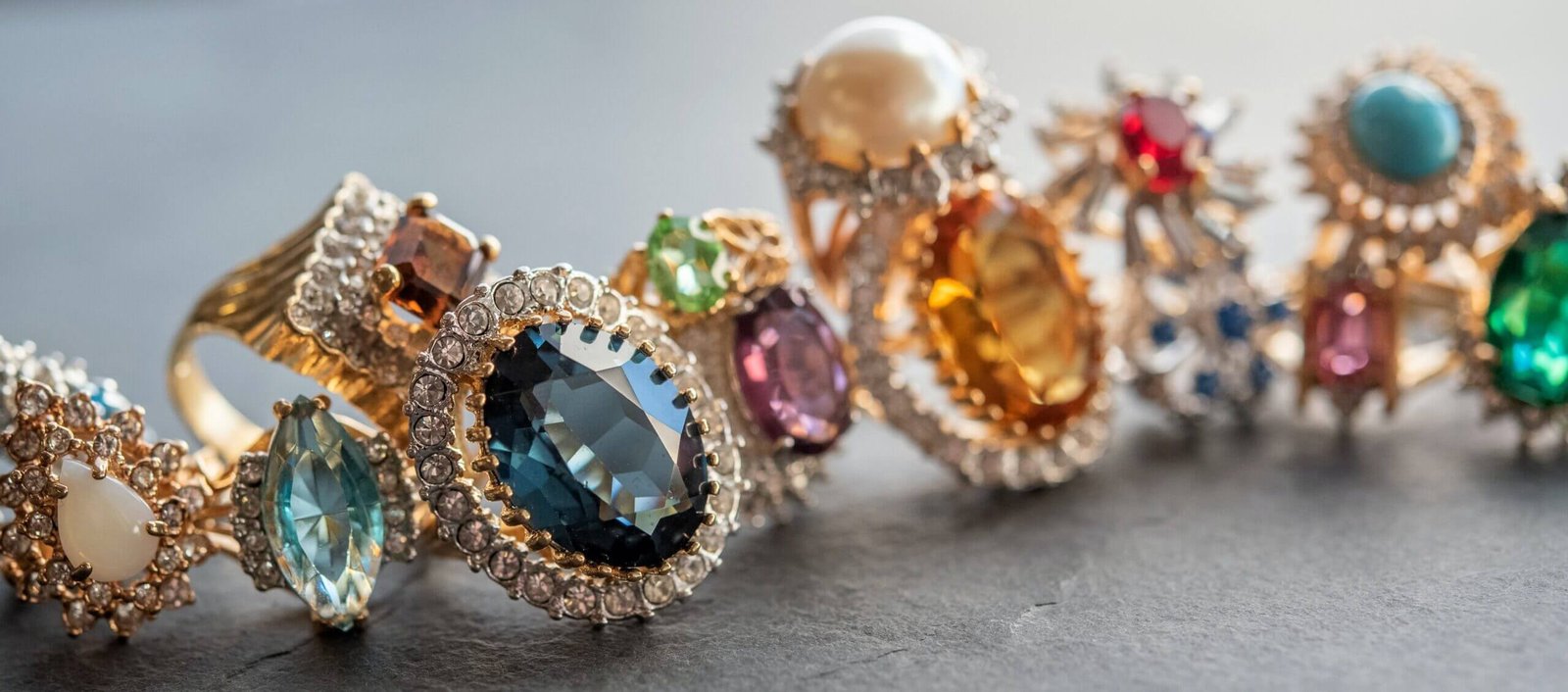Man Searching Carrot Field Uncovers Ancient Jewelry and Teeth
Man Searching Carrot Field Uncovers Ancient Jewelry and Teeth. Imagine you’re out one day, leisurely scanning a recently harvested carrot field with your metal detector in Switzerland, when it suddenly starts beeping. You’ve found something. You dig and uncover not just a single object, but a cache of ancient gold and bronze jewelry, dating back to the Middle Bronze Age, about 1500 B.C. Also among your findings are a bear’s tooth, a beaver’s tooth, and a fossilized shark’s tooth.
This is exactly what Franz Zahn experienced, as local officials revealed his unusual discovery this week. His find not only included costume jewelry worn by women about 3,500 years ago, but also select fossils and stones that could potentially serve as a unique collection of curiosities or souvenirs. An adventure that had initially begun as an ordinary day had transformed into a historical discovery.
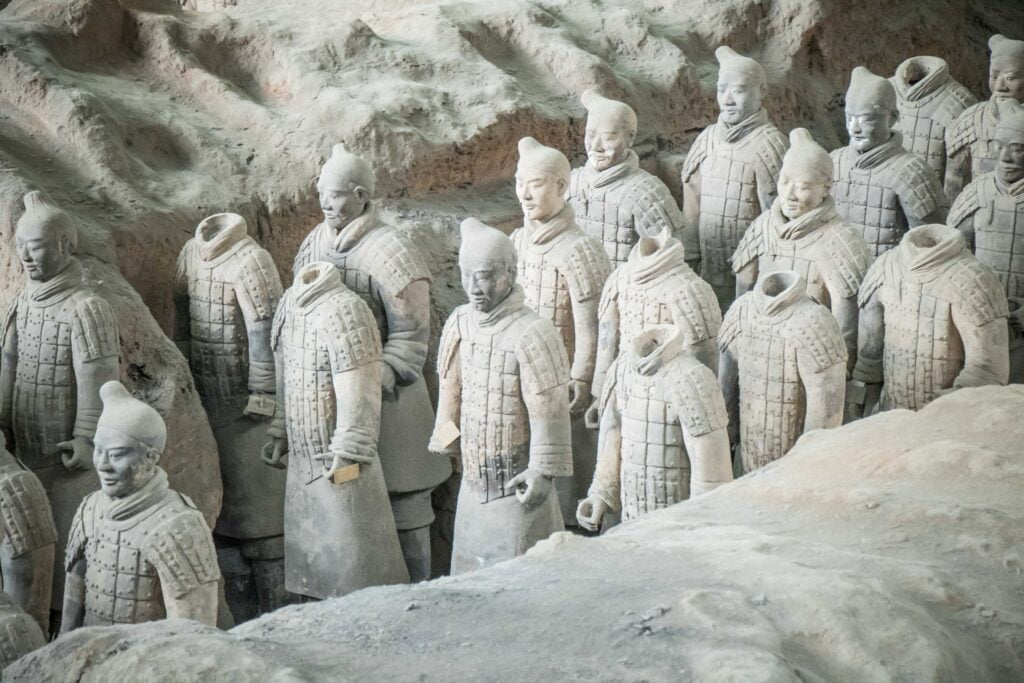
Discovery of Ancient Jewelry and Teeth in a Carrot Field
Unearthing the past always evokes a sense of wonder and intrigue, as it did when a man discovered an ancient hoard in a seemingly ordinary carrot field in Switzerland. The artifacts, which date back to the Bronze Age, make the field anything but ordinary and have undoubtedly piqued the interest of history and archaeology enthusiasts.
Details about the location of the discovery
The scene of the extraordinary find was a freshly plowed carrot field in Güttingen, located about 50 miles northeast of Zurich. The area might have been a typical landscape, untouched by the grand narrative of history until a metal detector yielded signals from the land which had stayed silent for thousands of years.
Role of metal detectors in uncovering the artifacts
The valuable role of a metal detector cannot be understated in this case. The intriguing beeping of the device guided the searching man towards the historical treasure buried in the earth. The first item to be discovered was a bronze disc, which immediately marked an extraordinary discovery, prompting the discoverer to contact local authorities.
Profile of the man who discovered the items
The man behind the exceptional find was Franz Zahn. Zahn was a familiar explorer of Güttingen. With his curious nature and keen interest in the past, he was out and about in the fresh earth of a recently harvested carrot field when he stumbled upon an astounding discovery – artifacts from an age long gone.
Description of the Items Found
The discovered artifacts weren’t just ordinary pieces of old metal. They were relics of a bygone era, carrying with them their historical significance and mystery.
The bronze disc: the first artifact discovered
It was a bronze disc that ignited the series of discoveries. This disc, marked as not an everyday find, was an early indication of the historical treasure that lay underneath the field.
Identification and dating of the jewelry set
On closer inspection by a team of experts, the bronze disc was found to be part of a larger jewelry set belonging to the Middle Bronze Age, which dates back to about 1500 B.C. Along with the disc, there was a necklace and other jewelry pieces that told a tale dating back millennia.
Surprising items: bear’s tooth, beaver’s tooth, and fossilized shark’s tooth
Apart from the metallic jewelry, some surprising and unusual items were also found. These included animal teeth from a bear, a beaver, and even a fossilized tooth of a shark, implying a connection to the natural world that extended far beyond the carrot field.
Other artifacts recovered from the same location
In the same treasure trove, rings, gold wire spirals, more than a hundred amber beads, a bronze arrowhead, a rock crystal, and a small ammonite were found. The vast array of artifacts enriched the discovery and gave historians a deeper insight into Bronze Age lifestyles.
Artifacts in Detail: The Jewelry
The jewelry recovered from the field expanded our understanding of fashion trends in the Bronze Age and their societal significance.
From Bronze Age fashion to modern treasure: a brief history of necklace and jewelry set
The jewelry set, consisting of the necklace and bronze disc, tells an intricate story of Bronze Age fashion. The spiked discs, finger rings, gold spirals were costume jewelry worn by women of the era, shedding light on the aesthetic preferences and artistic abilities of our ancestors.
The usage and significance of gold spirals
The gold spirals found amongst the artifacts held particular significance. The fact that these spirals were made of gold, rather than more accessible materials, implies a certain societal standing and cultural value attached to these items.
Role of the amber beads in the Bronze Age
The discovery also unearthed more than a hundred amber beads, indicative of the extensive use of amber in Bronze Age society, most likely due to its beauty and possibly attributed protective properties.
Examination of Curious Finds
Deeper investigation into the charmingly unusual finds gives us a better understanding of the significance of these artifacts for their original owners.
Bronze arrowhead and its potential use
An arrowhead among the finds suggests that it wasn’t just prized possessions buried in the field but also items of utility that were significant in the daily lives of Bronze Age people, perhaps for hunting or defense.
Unusual finds of animal teeth and their significance
The assortment of animal teeth, including that of a bear, a beaver, and a shark, hints at a deep connection between humans and animals’ physical aspects. These may have held symbolic value or been seen as tokens of distinct qualities of these creatures.
Description and significance of the rock crystal and ammonite
The more curious finds include a rock crystal and an ammonite. These items, with their own unique properties, could have been seen as collectors’ items or perhaps held healing or protective powers.
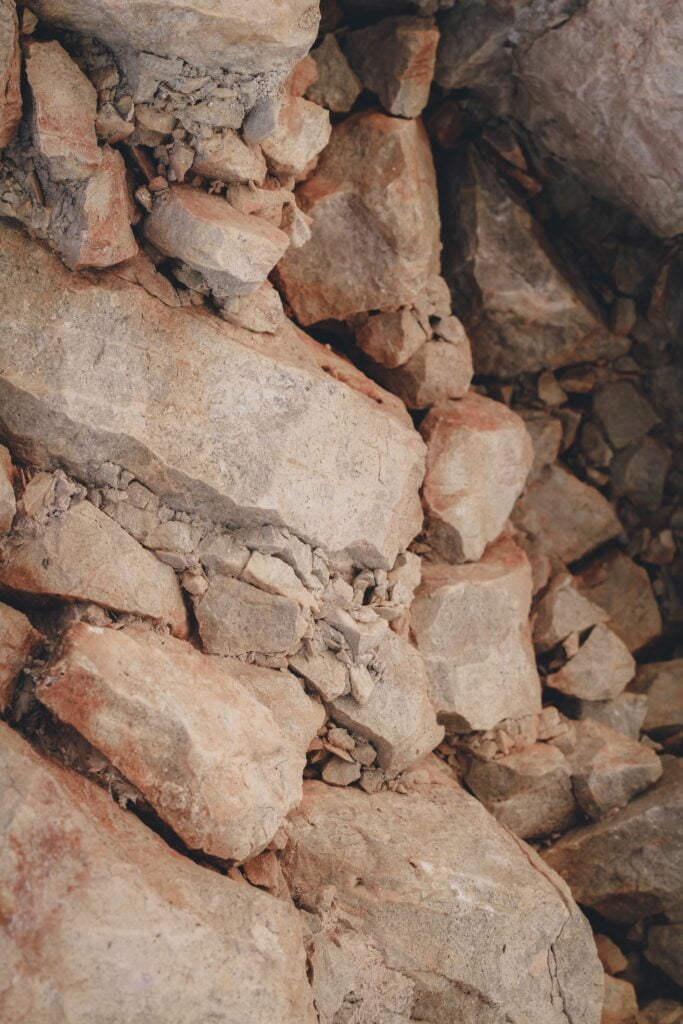
Questions Raised by the Discovery
This archaeological find, like many others, raises more questions than it answers. It opens a window into the past and piques curiosity about ancient human practices and beliefs.
Possible theories behind why the artifacts were buried
The question of why these objects were buried together in a field stirs up a storm of theories. Could it have been a jewelry box hidden away for safekeeping or a sacred ritual of burying prized possessions?
Speculations about the connection between the jewelry and the array of unusual finds
The connection between the jewelry and the more unusual findings like animal teeth and rare stones leads to intriguing speculations. Perhaps they composed a collection of unique curios, a form of ancient wealth, or talismans with special powers.
Theories about the protective or healing powers of the found objects
Many of the objects such as amber beads and unique stones found were believed to hold protective, healing, or sacred powers by ancient people. Additional research will undoubtedly investigate these theories further.
Franz Zahn: The Discoverer
The man who unearthed this treasure, Franz Zahn, played a key role in providing a glimpse into the past.
Zahn’s familiarity with the site
Zahn, familiar with the region, had made previous fruitful explorations in Güttingen. His knowledge of the area and keen interest in archaeology led him to this historically significant finding.
Previous discoveries Zahn has made in Güttingen
Zahn has previously found several artifacts from the Iron and Bronze Ages, which have contributed significantly to our understanding of human history. His remarkable discovery of the ancient jewelry set continues this trend.
Zahn’s reaction to the unusual find
Upon realizing the magnitude of his find, Zahn immediately reached out to the local authorities, ensuring the artifacts were appropriately tended to. His awe and excitement underlined how extraordinary explorations could lead to invaluable historical findings.
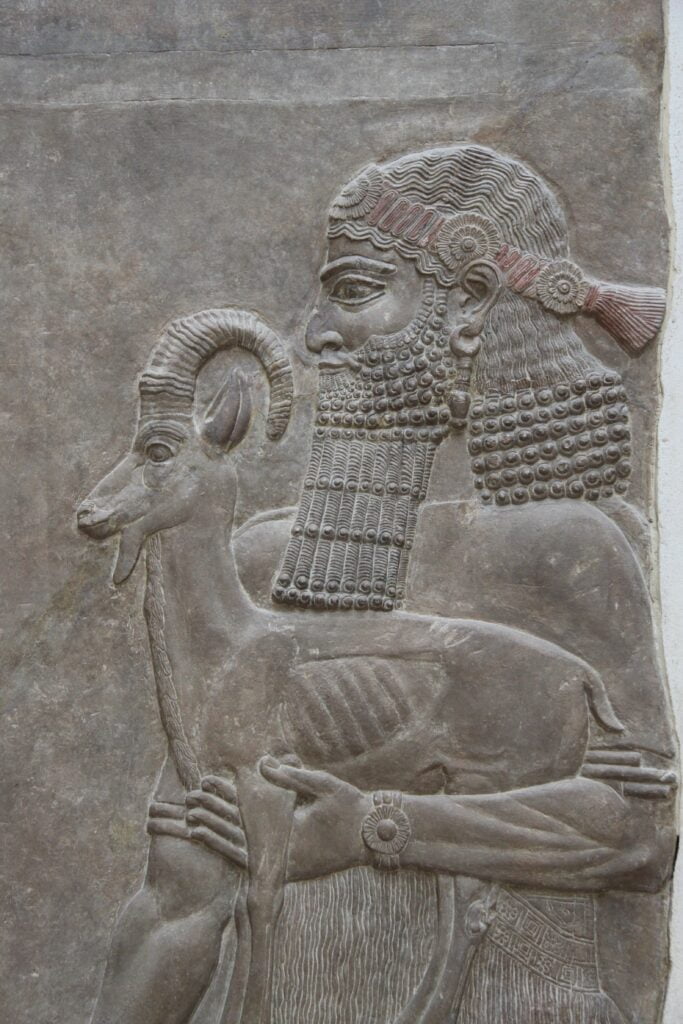
Preservation and Exhibition of the Artifacts
Preservation and exhibition of these artifacts ensure they aren’t lost to time and continue to educate and fascinate the public.
Restoration process of the artifacts
Officials are currently working on the careful restoration of these artifacts. Through a careful process, these valuable relics of the past are being prepared for public viewing, shedding light on the lives of our Bronze Age ancestors.
Plans for exhibiting them in the Museum of Archaeology
There are plans in place to exhibit these fascinating Bronze Age artifacts in the Museum of Archaeology in Frauenfeld, Switzerland. These displays will provide the public with the opportunity to see these unparalleled glimpses into ancient life first-hand.
Public reaction to the discovery
The discovery has exhilarated the public and historians alike, owing to the rarity, variety, and age of the artifacts. Many await the opportunity to witness these testimonials from the Bronze Age and learn about our shared historical heritage.
A look at the restoration lab through a video posted by Thurgau Canton
Thurgau Canton has posted a riveting video showcasing the restoration process. It offers an inside look into how ancient artifacts undergo meticulous restoration to preserve their historical integrity.
Recent Similar Treasure Finds
The taste of Bronze Age life is one of many that people using metal detectors across Europe have been sampling recently. https://git.or.th/
Ancient treasure found by people using metal detectors in Europe
Across Europe, similar discoveries of ancient treasure caught people’s interest. These artifacts, buried in the ground for centuries, now meet the modern world thanks to metal-detectors and the curiosity of ordinary people.
Recent discoveries of Roman treasure in Wales
Recently, two sets of coins unearthed in Wales by metal detector users turned out to be Roman treasure, further demonstrating the usefulness of this device in bringing the past to light. Emerging Trend: Rise of the Colored Gemstones in Bridal Jewelry
Discoveries of artifacts dating back over 1,000 years by a Norwegian family
In yet another testament to the role of enthusiasts in archaeological discovery, a Norwegian family looking for a lost earring instead stumbled upon artifacts, significantly older than 1,000 years.
The ‘gold find of the century’ in Norway
Just weeks before Zahn’s discovery, another metal detectorist revealed what is being heralded as Norway’s “gold find of the century,” marking an exciting time for historical treasure seekers.
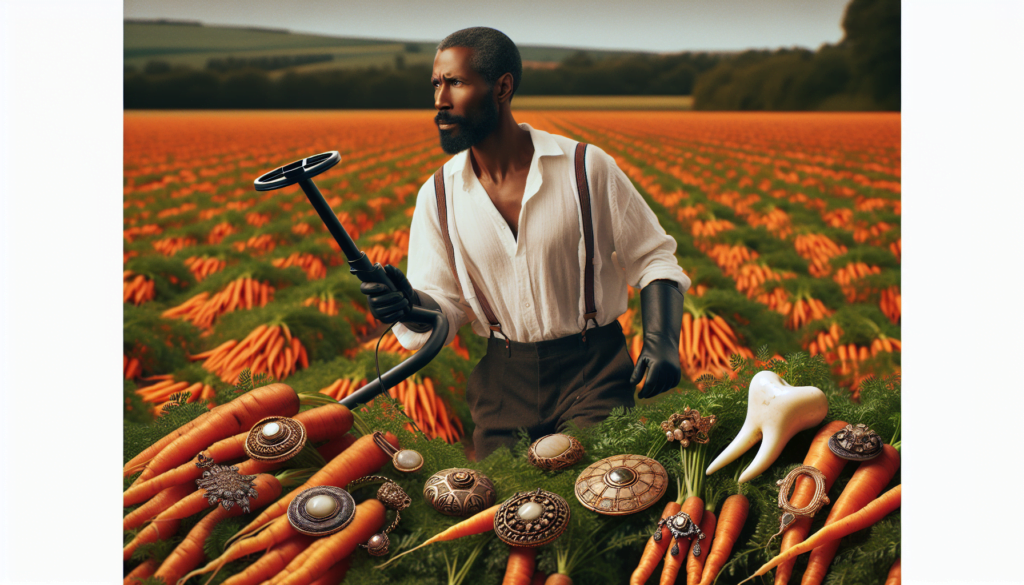
Impact of the Discovery on Archaeology
Such unexpected and thrilling discoveries have far-reaching effects in terms of archaeological practices and public interest in history.
How the find contributes to our understanding of the Bronze Age
Zahn’s discovery contributes significantly to our understanding of the Bronze Age, the societal norms of that era, and the customs and beliefs of its inhabitants. Beyond shiny relics, these artifacts provide invaluable insights into our ancestors’ lives.
Changes in archaeological practices due to such unexpected finds
Unexpected finds like this are not just intriguing but also prompt changes in archaeological practices. As ordinary citizens increasingly participate in the discovery of hidden treasures, the collaboration between professional archaeologists and enthusiasts is becoming increasingly vital.
Influence on the general public’s interest in history and archaeology
These treasure troves found in ordinary landscapes serve to pique the general public’s interest in history and archaeology. It shows that remnants of the past lay hidden all around us, awaiting rediscovery and appreciation.
Reflections on the Role of Ordinary Citizens in Uncovering History
These discoveries showcase the crucial role ordinary citizens play in uncovering history and contributing to archaeological studies.
The contribution of individuals like Zahn to archaeology
Zahn is just one of the many individuals whose curiosity, passion, and actions bring invaluable contributions to archaeology, filling up gaps and refining our understanding of different epochs of human history.
Impact of modern technology like metal detectors in unearthing historical objects
Modern technology like metal detectors has extended the reach of historical investigation beyond professional archaeologists. It empowers any interested individual to dig the earth and stumble upon precious pieces of our shared past.
The balance between professional archaeology and amateur treasure hunting
However, such discoveries emphasize the need for balance between professional archaeology and amateur treasure hunting. Care and responsibility in handling these treasures, including promptly involving authorities and experts, are essential.
In sum, Zahn’s unusual find in a carrot field highlights the magic inherent in historical discoveries. A casual day in the fresh outdoors turned into a time-traveling adventure, sharing a tapestry of our human past with the world. Zahn’s tale serves to remind us that relics of eras long gone may lie just below our feet, waiting for their story to be retold.

